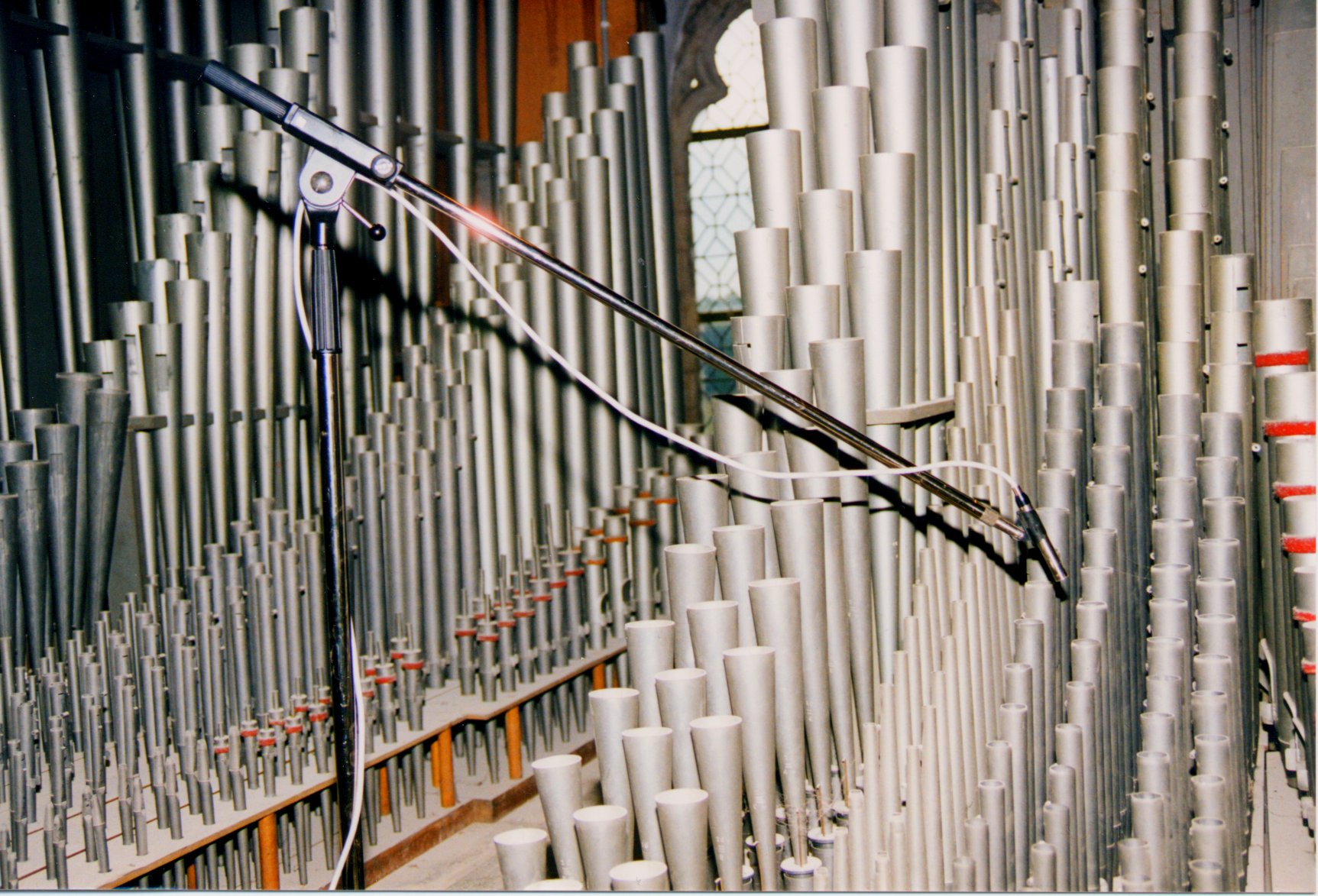
The manufacturing of pipe organs is a traditional European industrial sector. For the small- and medium-sized companies of organ builders, the quality of the organ pipes is of crucial importance for their competitiveness. Two quality aspects can be distinguished: the technical quality the organ as a technical product, and the aesthetic quality, i.e. the sound quality of the organ pipe. The sound quality is an essential factor because it bears the organ builder’s signature and establishes his good reputation. The sound quality of the pipe ranks depends on the dimensioning (scaling) and on the voicing adjustment of the pipes. The aim of scaling and voicing is to ensure the required quality of the perceived sound by correctly selecting and adjusting the geometrical parameters of the pipe.
To date, the dimensioning of organ pipes is carried out according to the scaling rules established in the last century. The pipe ranks dimensioned according to these rules usually cannot achieve the required sound quality in certain pitch ranges, because the voicing of the individual stops regularly results in range (an octave or more), in which the desired sound character of the pipes cannot be achieved. In this case the small- or medium-sized organ company has to invest a lot of work in trying to achieve the aimed sound, which cannot be physically achieved because the dimensioning of the pipes is not adequate.
Organ building is a traditional craft, which should be preserved. Nevertheless, innovative design methods and technologies should be applied in daily practice, without endangering valuable traditions.
The participating small- and medium-sized companies are convinced that new and more reliable scaling and voicing methods are needed in organ building in order to ensure high sound quality and to reduce the costs of pipe organs.
The objectives of the research project:
Application of the latest results of subjective acoustics and research on organ pipe acoustics to determine the interdependence of sound quality, geometric dimensions and shape of labial organ pipes. This knowledge will be used to develop a scientific scaling method.
- A scaling method based on subjective and objective acoustic laws for the dimensioning of labial organ pipes.
- A software for designing organ pipe dimensions of the most important pipe ranks.
- An instrument for measuring and recording the attack transient of the pipe sound. This instrument can also be used for the training of young voicers.